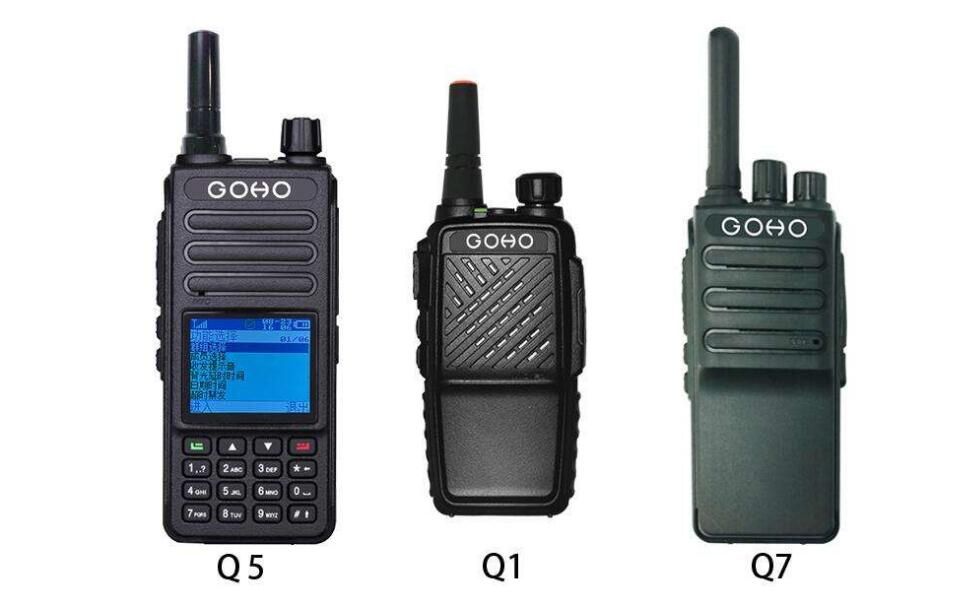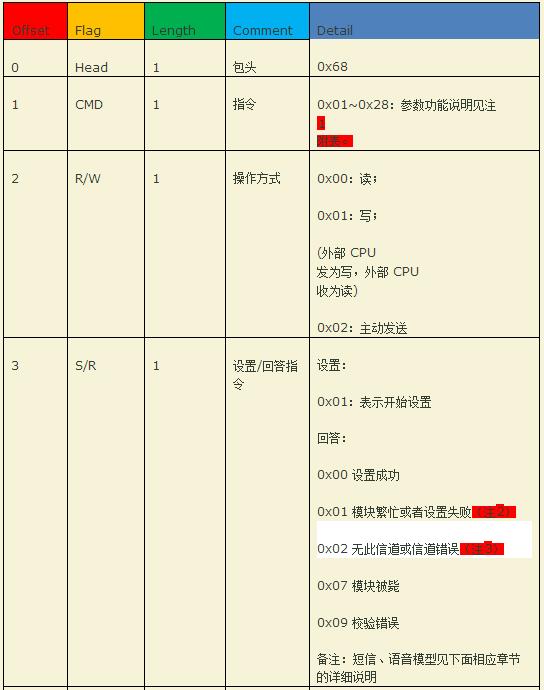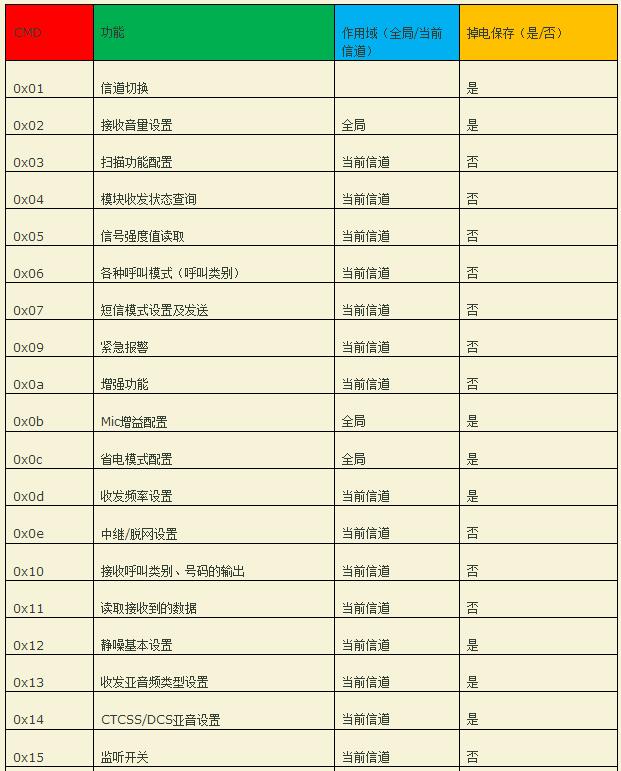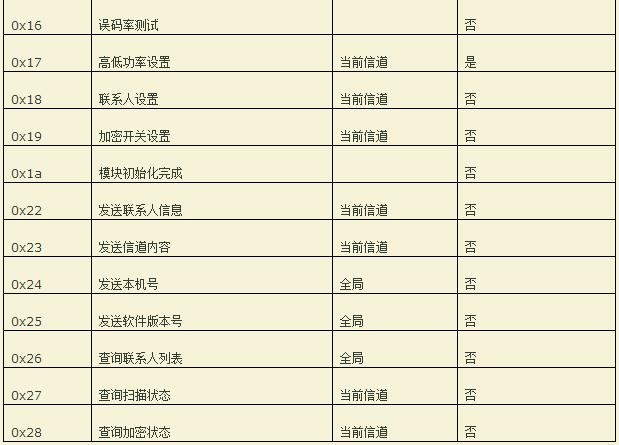The key to the working principle of the digital walkie-talkie is the speech codec and modulation and demodulation. Firstly, we communicate the voice to the digital walkie-talkie. The digital signal processor will digitize the speech transmitted by the analog-to-digital converter speech and digitize it and process it. Modulation, digital-to-analog converter simulates the signal that has been modulated on the RF transmitter through the antenna. In other words, the signal received by the RF receiver through the antenna is analog and transferred to the digitizer for digitization. The digital signal processor then processes the signal and demodulates and decodes it, and the digital-to-analog converter simulates the signal. Give it to the microphone. One of the benefits of voice digitalization of digital walkie-talkies is the rapid transfer of newly added signaling and the confidentiality of multi-directional communications. The use of digital walkie-talkies has also been widely promoted.
Digital intercom main function(1) The digital walkie-talkie is a nationwide wireless intercom based on CDMA or GPRS network. In general, the network and the mobile phone used by the device are on the same network. As long as the mobile phone has a signal, our device can have a signal. , Naturally able to achieve the national wireless intercom, no distance restrictions, allowing many people to communicate with each other at the same time, and the sound quality is clear and no noise, voice delivery fast, real-time communication, a hundred echoes.
(2) There is no roaming fee for the national intercom, which is economical and practical and does not generate any voice costs.
(3) The user's capacity is large, and it can be arbitrarily grouped and communicated. It is convenient and quick, and it is easy to implement nationwide information exchange. It can manage itself in the background. Support demolitions, strong insertion, remote control functions;
(4) The vehicle-mounted radio station can be installed on vehicles such as vehicles and ships, and can be directly powered by the power supply on the vehicle. The equipment is simple to install, and all antennas are integrated inside the device (without an external antenna), which is easy to operate.
(5) Digital walkie-talkies are mainly used for liaison and command scheduling among group members in order to improve communication efficiency and improve the ability to handle emergencies quickly.
(6) The digital walkie-talkie supports emergency alarms. When it is urgent, you can ask for help at the headquarters. You can use the GPS positioning system to determine your real-time location and determine your historical trajectory.
(7) In the case of vehicles using this digital walkie-talkie, the front desk will give free manual navigation services without knowing the route.
(8) Digital walkie-talkie GPS system can display real-time speed, direction to achieve display, speeding alarm;
(9) The platform records the voice content of each intercom at the terminal in the group, and can query and play back history recording as required;
(10) The digital walkie-talkie can support the dialing of phone functions and voice transmission via the GPRS data channel. The voice is safer and more confidential. It also supports receiving SMS scheduling. The terminal display screen displays the contents of the SMS. The system can send single messages and send SMS messages in bulk.

1, EIA-232
Currently, EIA-232 is the most widely used serial interface in the PC and communications industries. EIA-232 is defined as a single-ended standard that increases the communication distance in low-rate serial communications. EIA-232 adopts unbalanced transmission mode, which is so-called single-ended communication. According to the standard, EIA-232 requires a transmission distance of up to 50 feet (approximately 15 meters) and a maximum speed of 20 kbps.
2, EIA-422
Due to the limited transmission distance of EIA-232, EIA-422 was born. The full name of the EIA-422 standard is "Electrical Characteristics of Balanced Voltage Digital Interface Circuits." It defines a balanced communication interface that increases the transmission rate to 10 Mbps, extends the transmission distance to 4,000 feet (about 1219 meters), and allows for a balance. Connect up to 10 receivers on the bus. Of course, EIA-422 is also flawed: Because the length of its balanced twisted pair is inversely proportional to the transmission rate, the maximum transmission distance can be achieved within 100 kbps, that is, the maximum distance can only be achieved at very short distances. Transmission rate. The maximum transfer rate that can be achieved on a 100-meter long twisted pair is only 1 Mbps. In addition, it must be pointed out that in EIA-422 communication, there is only one master device and the rest are slave devices. Slave devices cannot communicate with each other. Therefore, EIA-422 supports point-to-multipoint bidirectional communication. Communication.
3, EIA-485
To expand the application range, EIA developed the EIA-485 standard based on EIA-422 in 1983, adding multi-point, two-way communication capabilities that allow multiple transmitters to be connected to the same bus while adding the transmitter Drive capability and collision protection features extend the bus common-mode range and was later named TIA/EIA-485-A.
Since EIA-485 is based on EIA-422, many EIA-485 electrical specifications are similar to those of EIA-422. For example, all EIA-485s adopt a balanced transmission method, and they all require a termination resistor on the transmission line and a maximum transmission distance. It is 1219 meters and the maximum transmission rate is 10Mbps. However, EIA-485 can be used in two-wire and four-wire mode. When using two-wire system, real multi-point two-way communication can be realized. When using four-wire connection, only point-to-multipoint communication can be implemented like EIA-422, but it is better than The EIA-422 has been improved so that up to 32 devices can be connected to the four-wire or two-wire connection bus.

Today Xiao Bian will work with you to find out about the serial communication protocol of the digital walkie-talkie:
The module supports the sending and receiving configuration of voice, SMS and other functions through the serial port. Serial protocol packet format as shown below:

The protocol field definition is as shown in the following table:


Note 1: The CMD content is shown in the following table:


Note 2: When the module is sending or receiving signals, if the external CPU configures the module, the module will 0x01, inform the external CPU module is busy, the setting fails
Note 3: If a channel is switched to a non-existing channel, the module will feedback 0x02 to inform the CPU that there is no such channel; if it is under DMR-related configuration (such as SMS, special service, etc.) or analog channel under digital channel simulation Related settings (such as sub audio, etc.), the module will feedback 0x02, tell the CPU channel error
Note 4: checksum: sum, then XOR sum + = 0xFFFF & (*buf "" 8 | * (buf +1)); and so on, and finally take the sum value of the sum value.
Note 5: All serial protocols have the high byte stored high.
Since AC power cord is output of high voltage electric power, there is a risk of electric shock injury, therefore, All the AC power cord must comply with safety standard to produce. AC (Alternating Current) Power cord is to transmit high voltage. It is used to drive machinery or home appliances.
AC Power cord,power cable, batter cable, power cord
ETOP WIREHARNESS LIMITED , https://www.oemmoldedcables.com